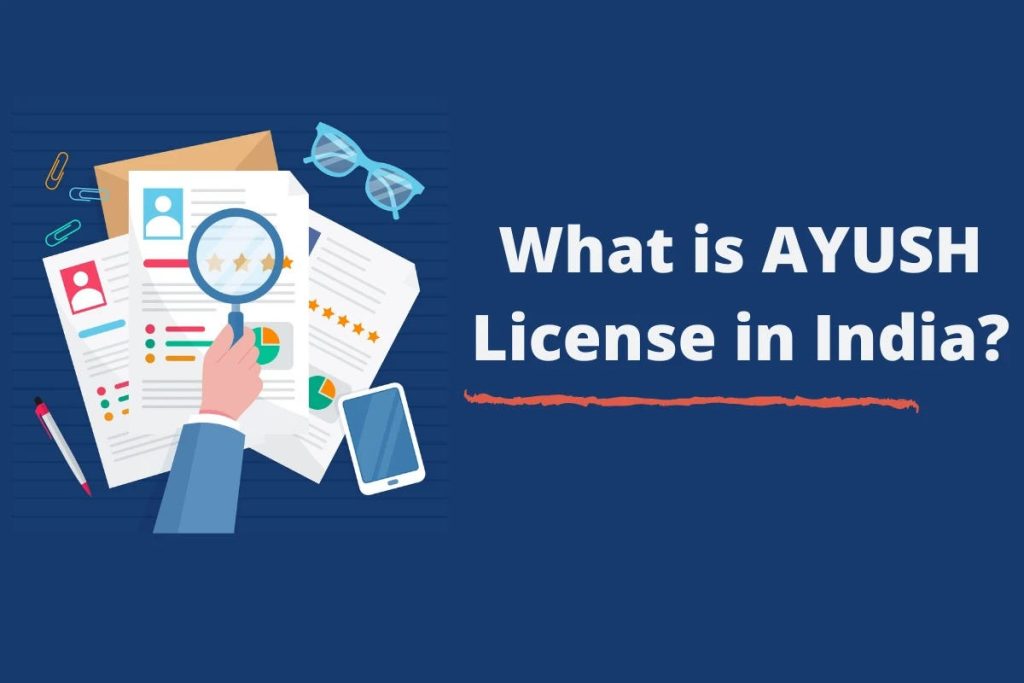
Companies must maintain alertness and compliance to fulfill their regulatory requirements in the highly competitive business environment of today. A secretarial audit is one of these requirements, which are crucial for businesses. An impartial evaluation of a business’s compliance with legal and regulatory standards unique to its industry is a secretarial audit. A company secretary conducts it and checks the accuracy and timeliness of the books and records of the business. We will go into detail about the goals, procedures, and advantages of secretarial audits for businesses in this blog.
Goals of a Secretarial Audit
Importance of Secretarial Audit’s main goal is to make sure that a company complies with all relevant laws, rules, and regulations. The secretarial auditor confirms that the business complies with several laws, including the Securities and Exchange Board of India (SEBI) regulations and the Companies Act, 2013, among others.
Finding any holes or irregularities in the company’s processes and procedures is the secondary goal of a secretarial audit. The audit assists the business in strengthening its internal systems and procedures, lowering the likelihood of fraud and mistakes.
The process and importance of a secretarial audit
Following are the steps included in the Importance and process of Secretarial Audit :
- Scoping and Planning: The audit’s planning and scoping phases come first. In addition to identifying the areas that need to be audited, the company secretary creates a checklist of all applicable laws, rules, and regulations.
- Performing the Audit: Next, the company secretary performs the audit, which entails going over the books and records of the business, speaking with important stakeholders, and looking over the processes and procedures of the enterprise.
- Reporting: The company secretary compiles a report detailing any non-compliance issues, gaps, or inconsistencies in the company’s processes and procedures following the completion of the audit.
- Making Recommendations: In order to lower the risk of fraud and mistakes, the report makes suggestions for how the company can enhance its internal controls and procedures.
Secretarial Audit Benefits
- Compliance with rules and Regulations: The main advantage of a secretarial audit is that it makes sure that rules and regulations are being followed. The audit enables businesses to find and fix any non-compliance problems, avoiding fines and other consequences.
- Internal Controls Are Improved: Secretarial audits assist businesses in streamlining their internal procedures and controls. The audit finds inconsistencies and weaknesses in the company’s processes and procedures and makes suggestions for how to fix them.
- Increased openness: Secretarial audit enhances openness by guaranteeing the accuracy and currentness of the company’s books and records. This in turn boosts the company’s reputation and investor trust.
- Reduced Risk of Fraud and Errors: By strengthening their internal controls and procedures, businesses can reduce the risk of fraud and errors.
Who Needs an Audit of the Secretariat?
The Businesses Act of 2013 mandates that secretarial audits be performed by all businesses, whether private or public, that have registered for registration. Companies that have a paid-up share capital of at least 50 crore rupees or an annual revenue of at least 250 crore rupees must also go through a secretarial audit.
Companies might decide to conduct a voluntary secretarial audit in addition to the required one to determine whether they are complying with all applicable laws, rules, and regulations.
Laws Governing Secretarial Audit
Secrecy audit is required by the 2013 Companies Act’s Section 204, and the 2014 Companies (Appointment and Remuneration of Managerial Personnel) Rules set forth the regulations for this practice.
The secretarial audit must, in accordance with the regulations, be carried out by a company secretary. The Institute of Company Secretaries of India (ICSI) has granted the company secretary a certificate of practice.
Along with the company’s annual report, the Registrar of Companies (RoC) must receive an annex to the Board’s report that details the importance of secretarial auditing.
Penalties for Failure to Comply
The corporation and its directors risk receiving harsh fines if they fail to comply with the secretarial audit requirement. The RoC has the authority to sanction a corporation up to 5 lakh, and the directors might be sentenced to up to six months in prison, 50,000 in fines, or both.
Aside from the legal repercussions, failing to comply with a secretarial audit can harm the company’s brand and investor confidence, which will result in lost business opportunities and revenue.
How to Get Ready for a Secretary Audit
It takes a number of actions to ensure compliance with the relevant laws, regulations, and guidelines when getting ready for an Important Secretarial Audit.
Establish a corporation Secretary in practice: A corporation is required to establish a Company Secretary in practice to carry out the secretarial audit. ICSI membership and a certificate of practice are requirements for the company secretary.
Make notes. Current: Businesses are required to keep accurate and current records of their meetings, resolutions, contracts, and agreements.
Keep Statutory Registers Up-to-Date: Businesses are required to keep statutory registers up-to-date, including registers of members, directors, and debenture holders.
Companies must submit a number of documents to RoC, including the annual return, financial statements, and a secretarial compliance certificate.
Conduct Regular Compliance Inspections: Organisations need to do routine compliance inspections to spot any non-compliance issues and take immediate action to resolve them.
Conclusion
In conclusion, secretarial audits are important since they aid businesses in ensuring that they are following all relevant rules, laws, and regulations. Additionally, it assists businesses in enhancing their internal procedures and controls, raising transparency, lowering the possibility of fraud and mistakes, and encouraging better decision-making.
By providing secretarial audit services, BiatConsultant, a preeminent provider of legal services, can help businesses guarantee adherence to the relevant laws, rules, and regulations. By doing routine compliance checks, keeping accurate records, and submitting the necessary paperwork to RoC, our team of qualified company secretaries can assist businesses in getting ready for secretarial audits. Companies can expedite their secretarial audit process, reduce the risk of non-compliance, and concentrate on their core business operations by utilizing our knowledge.









